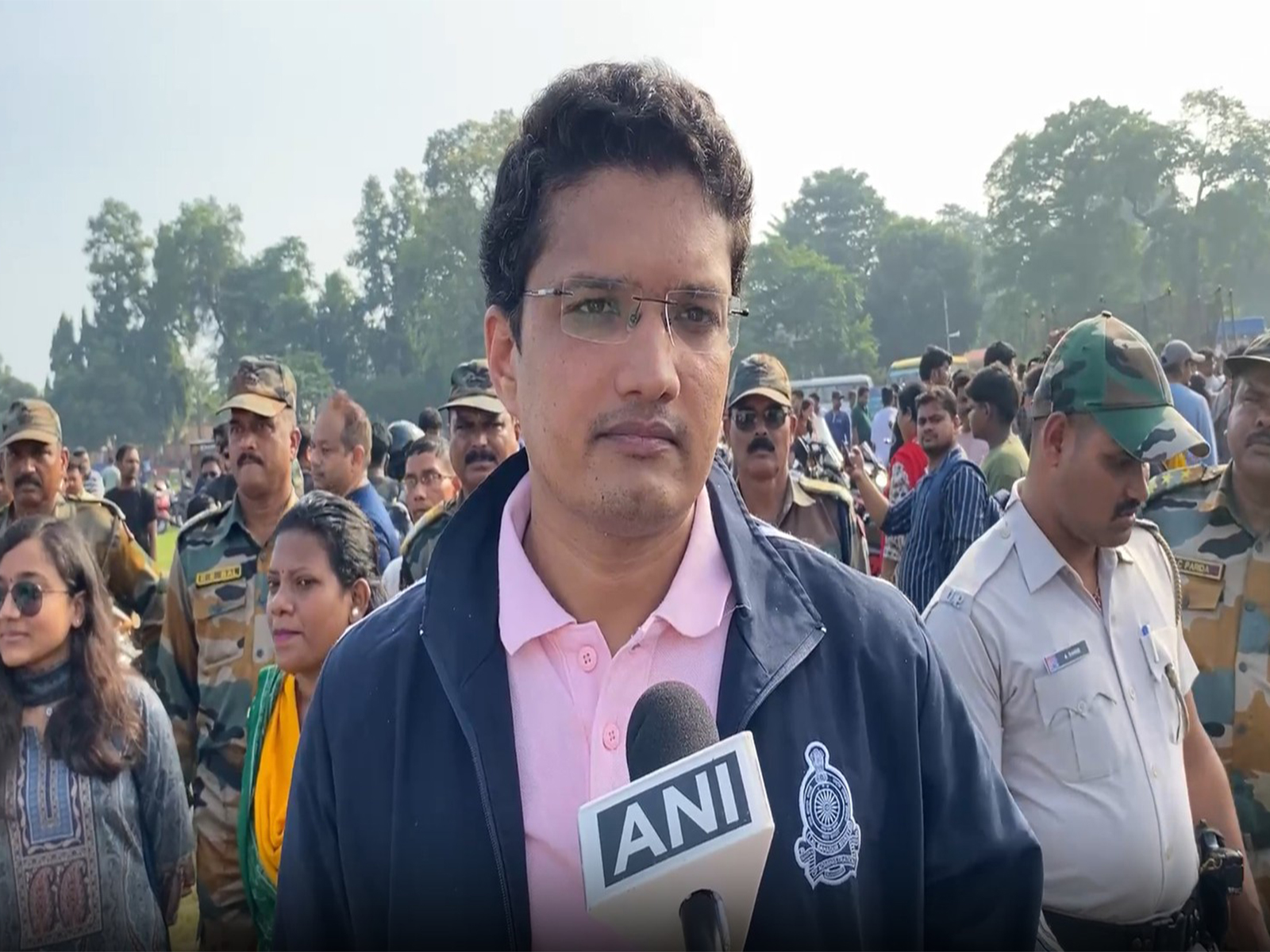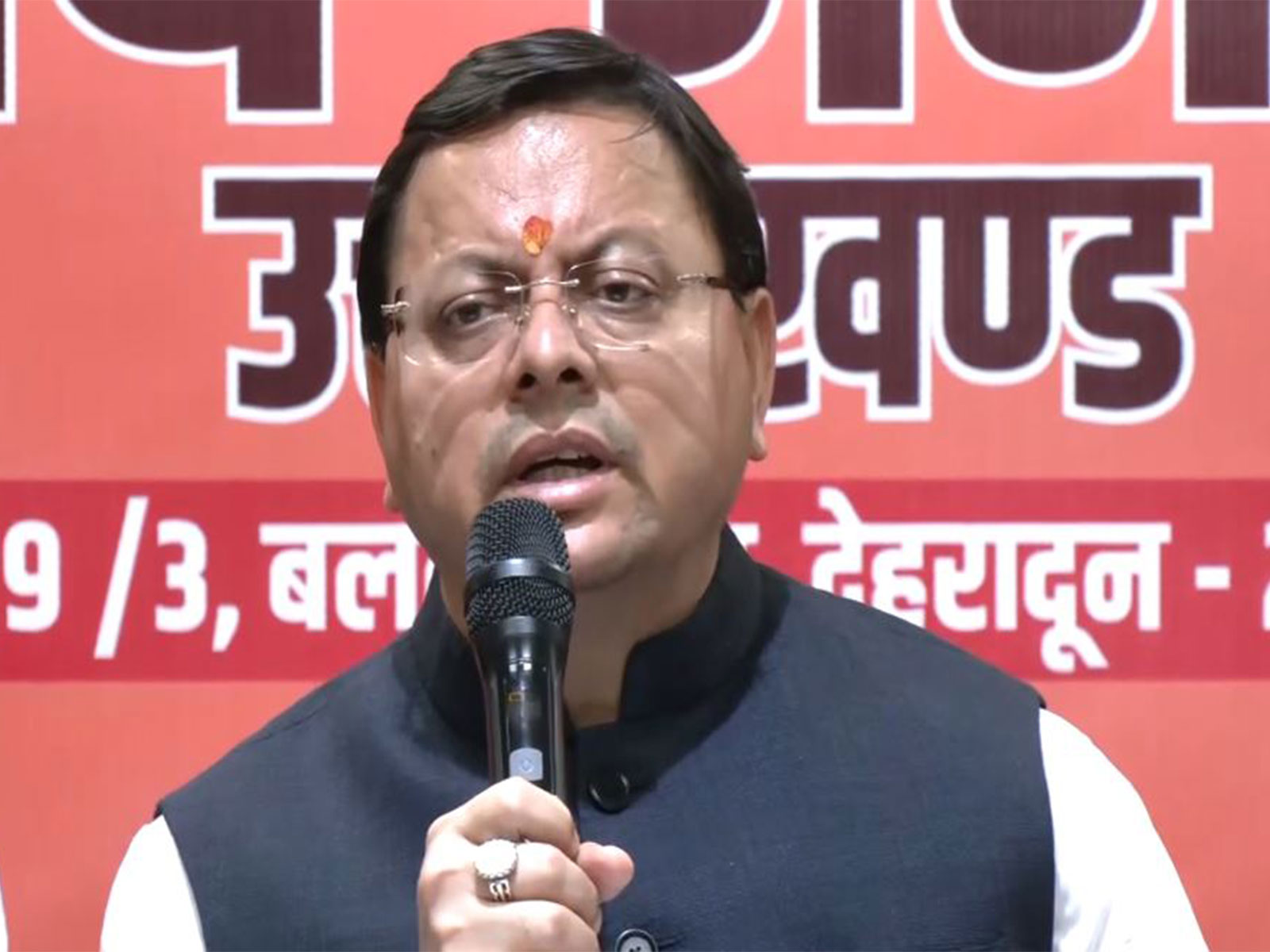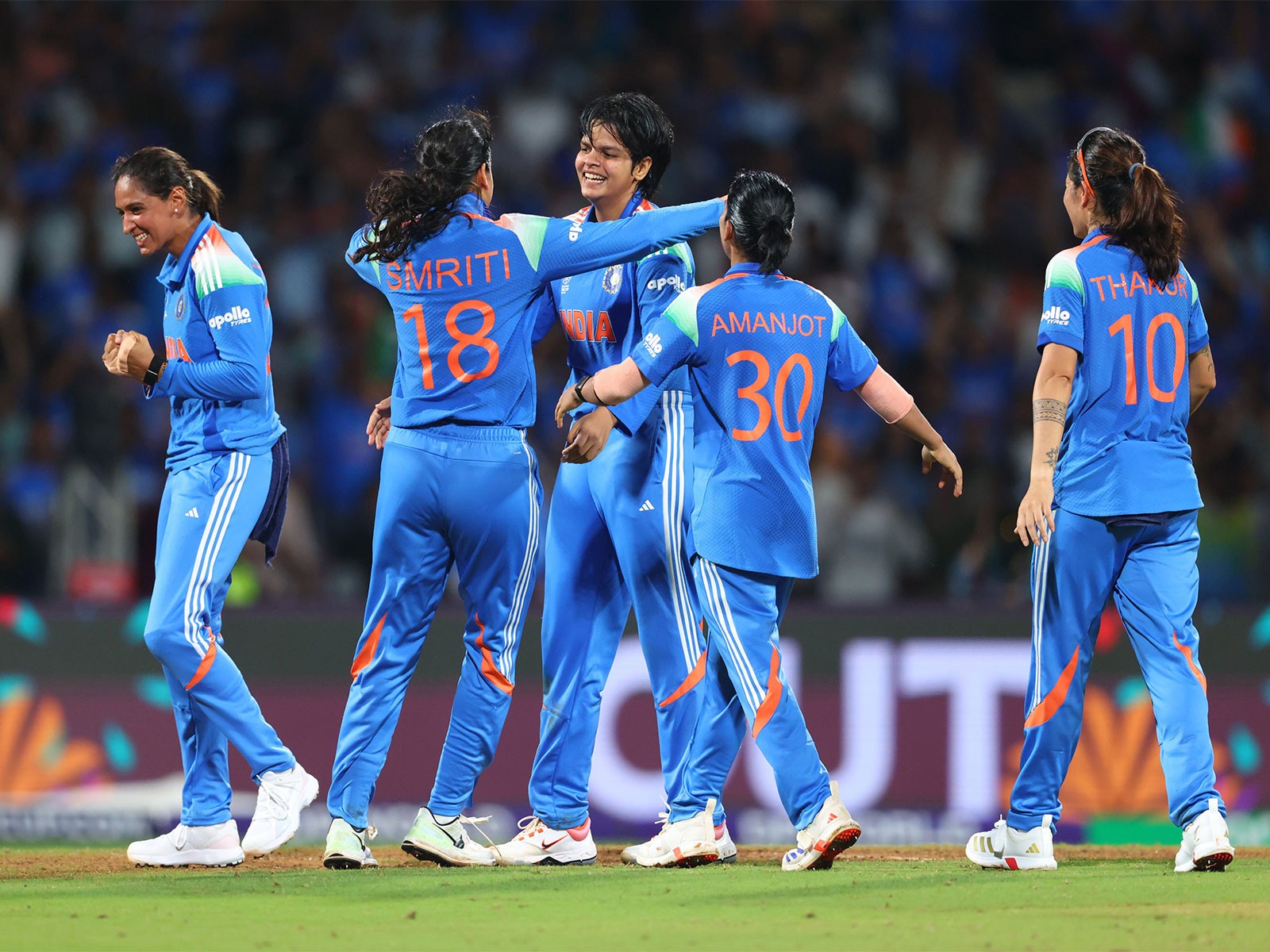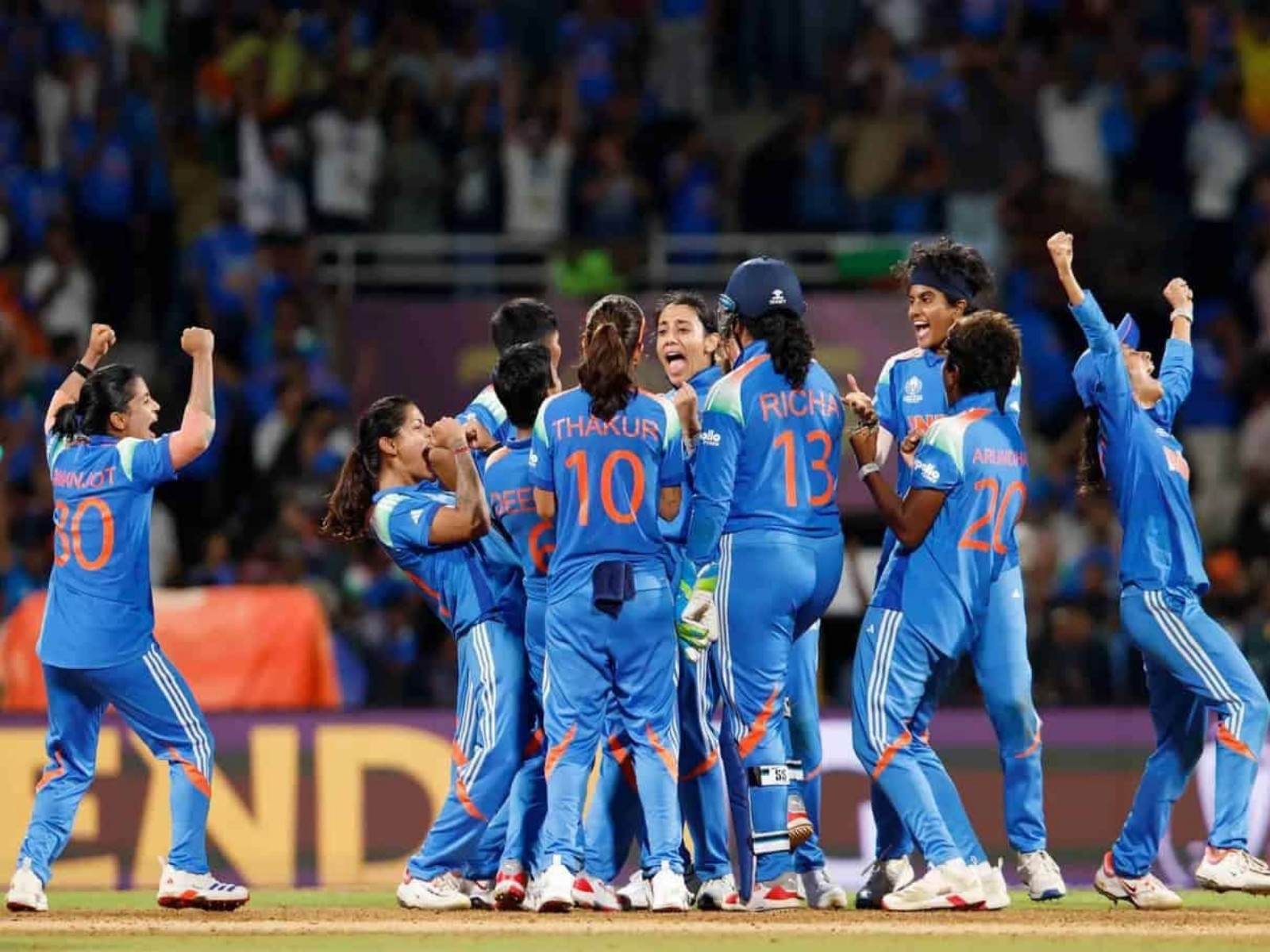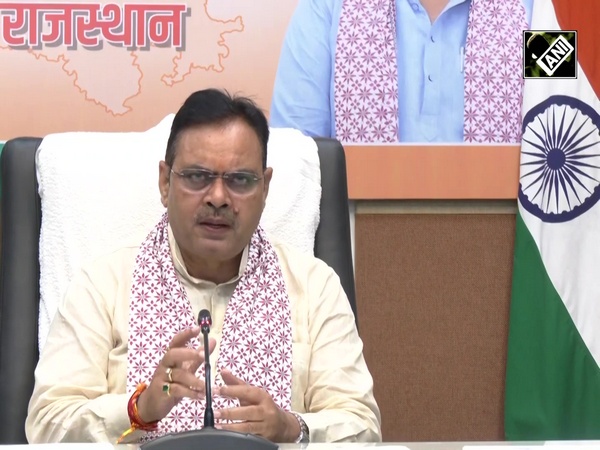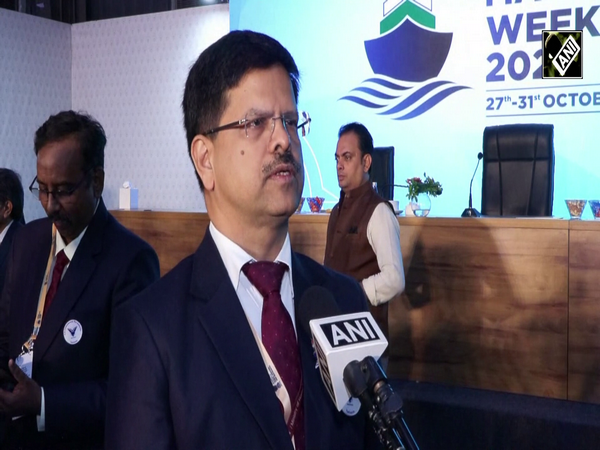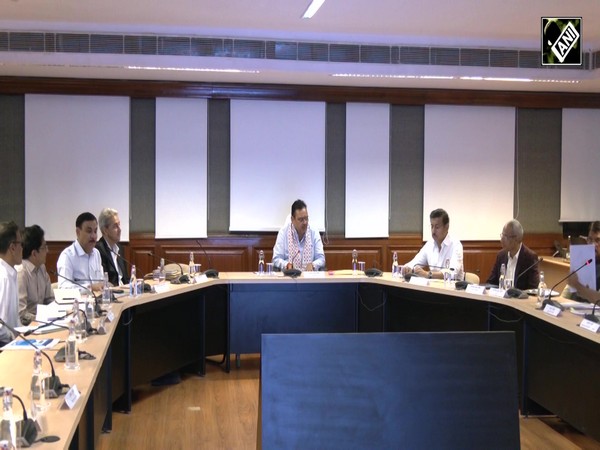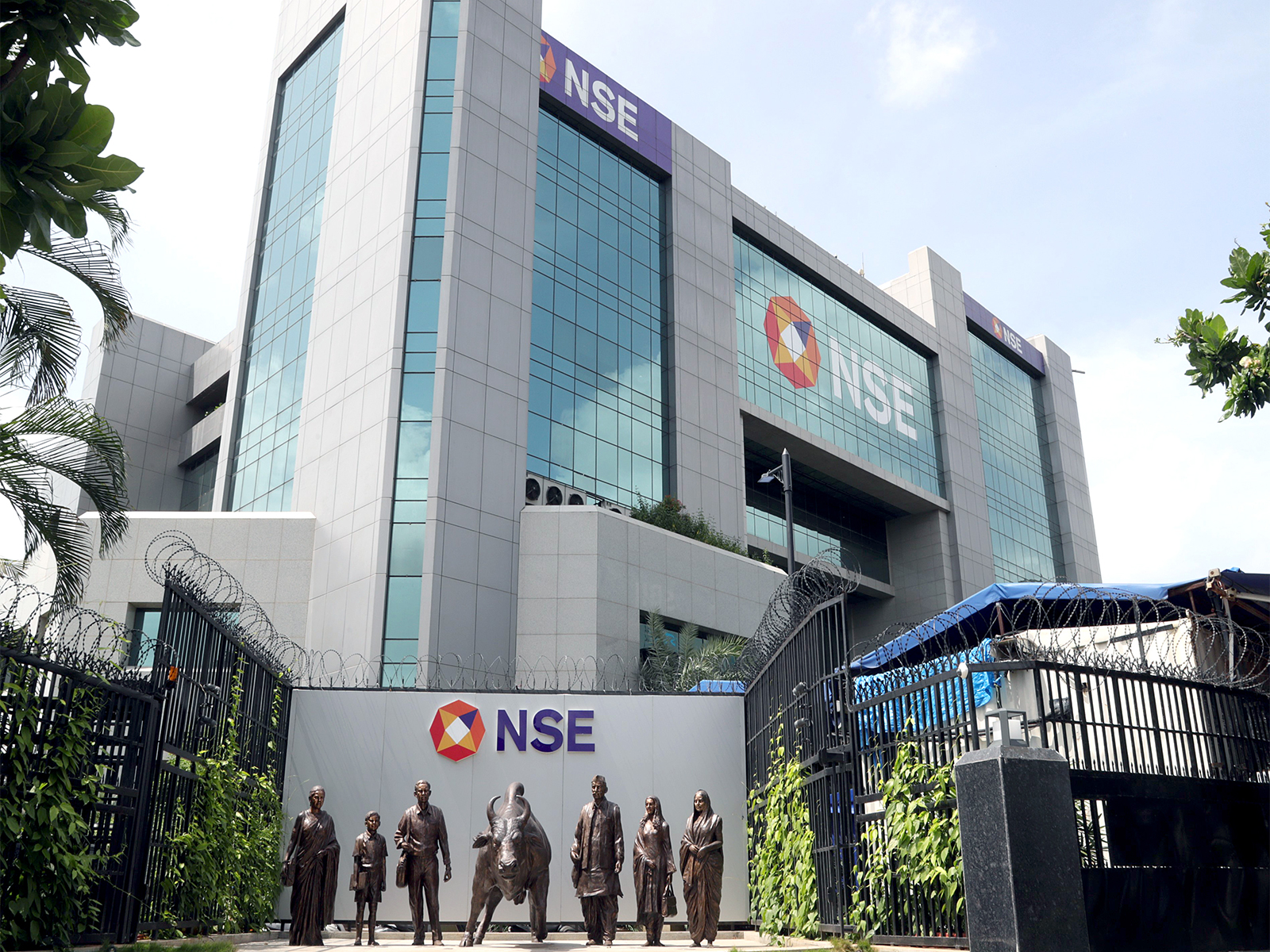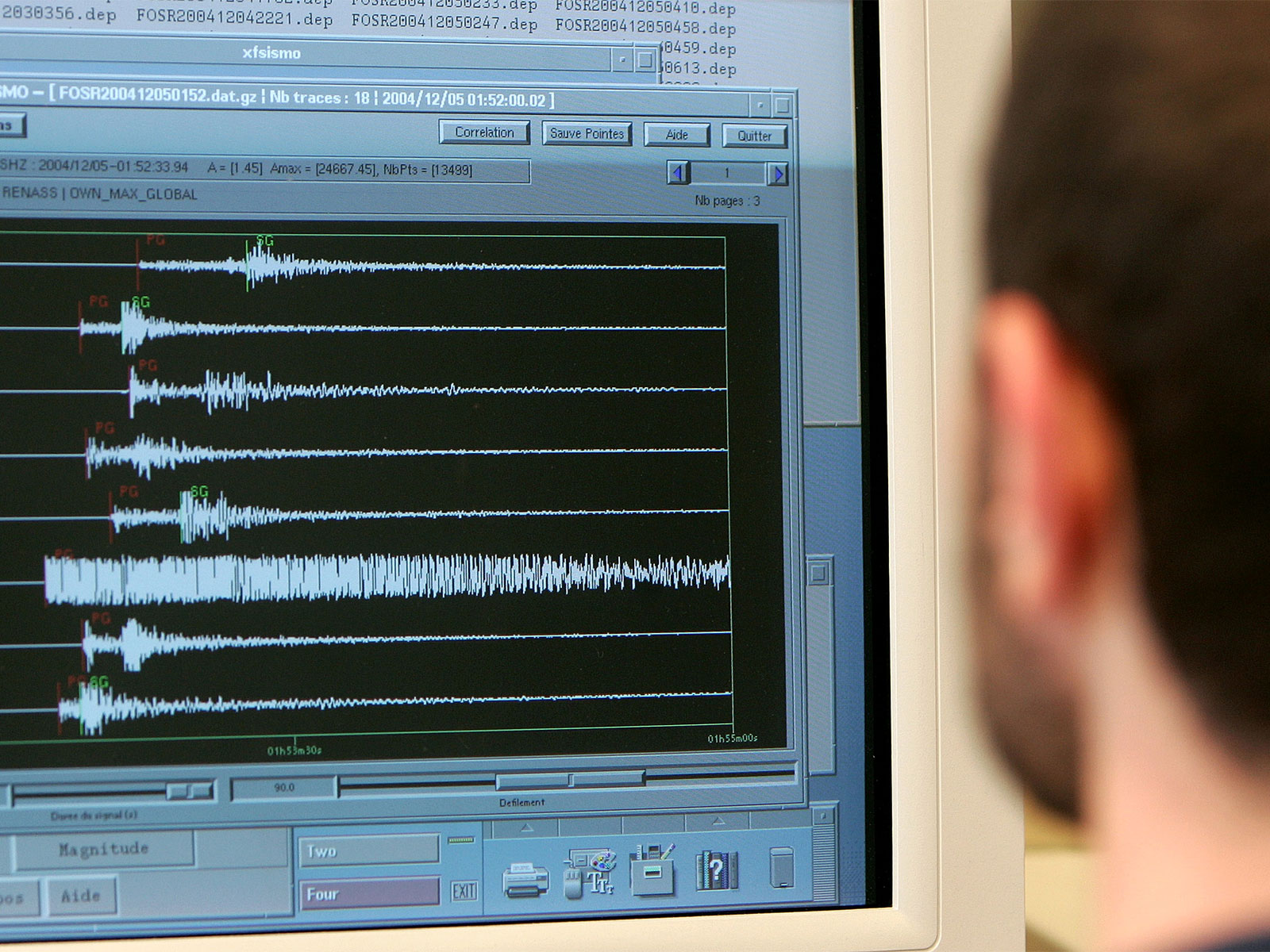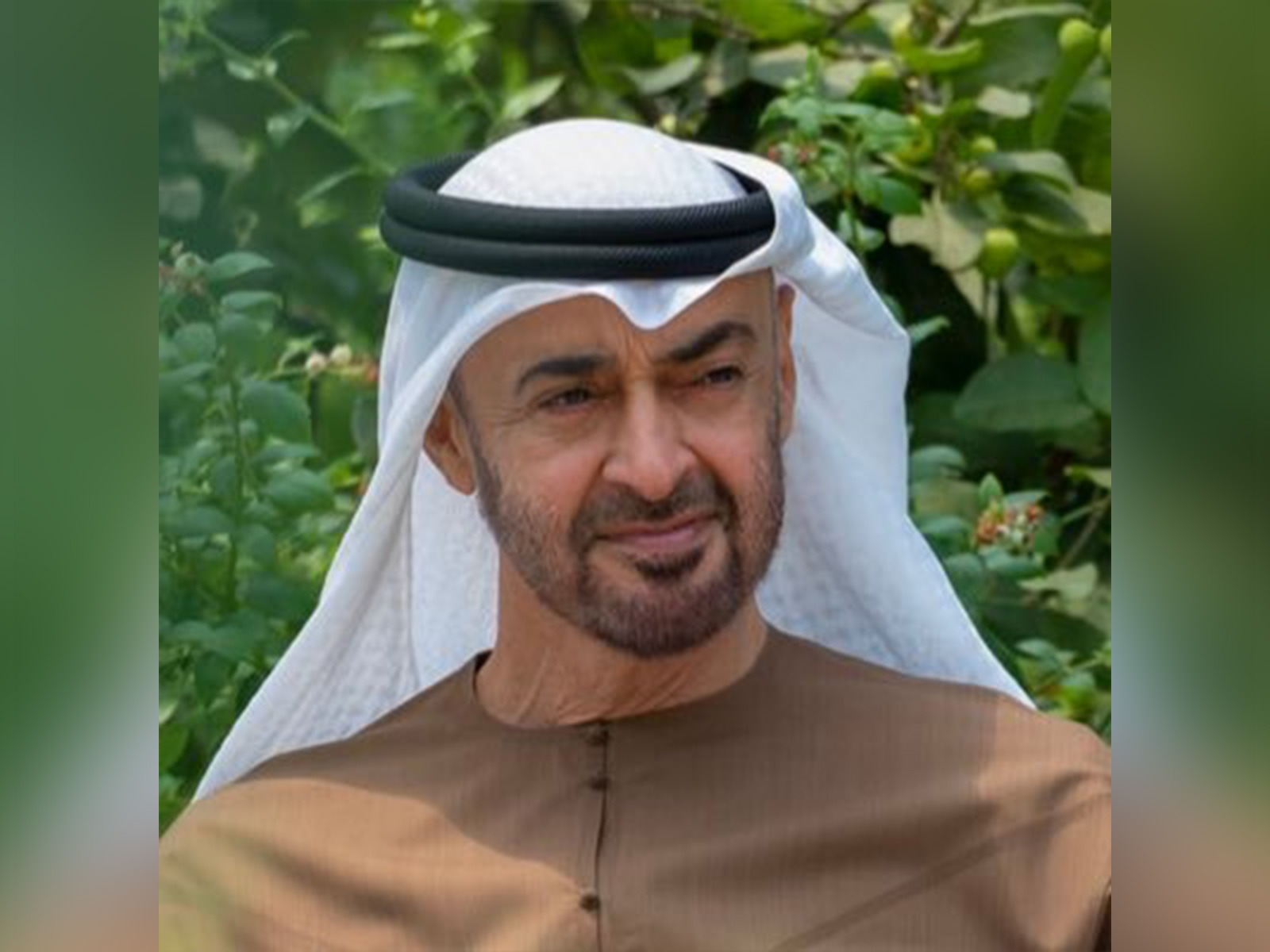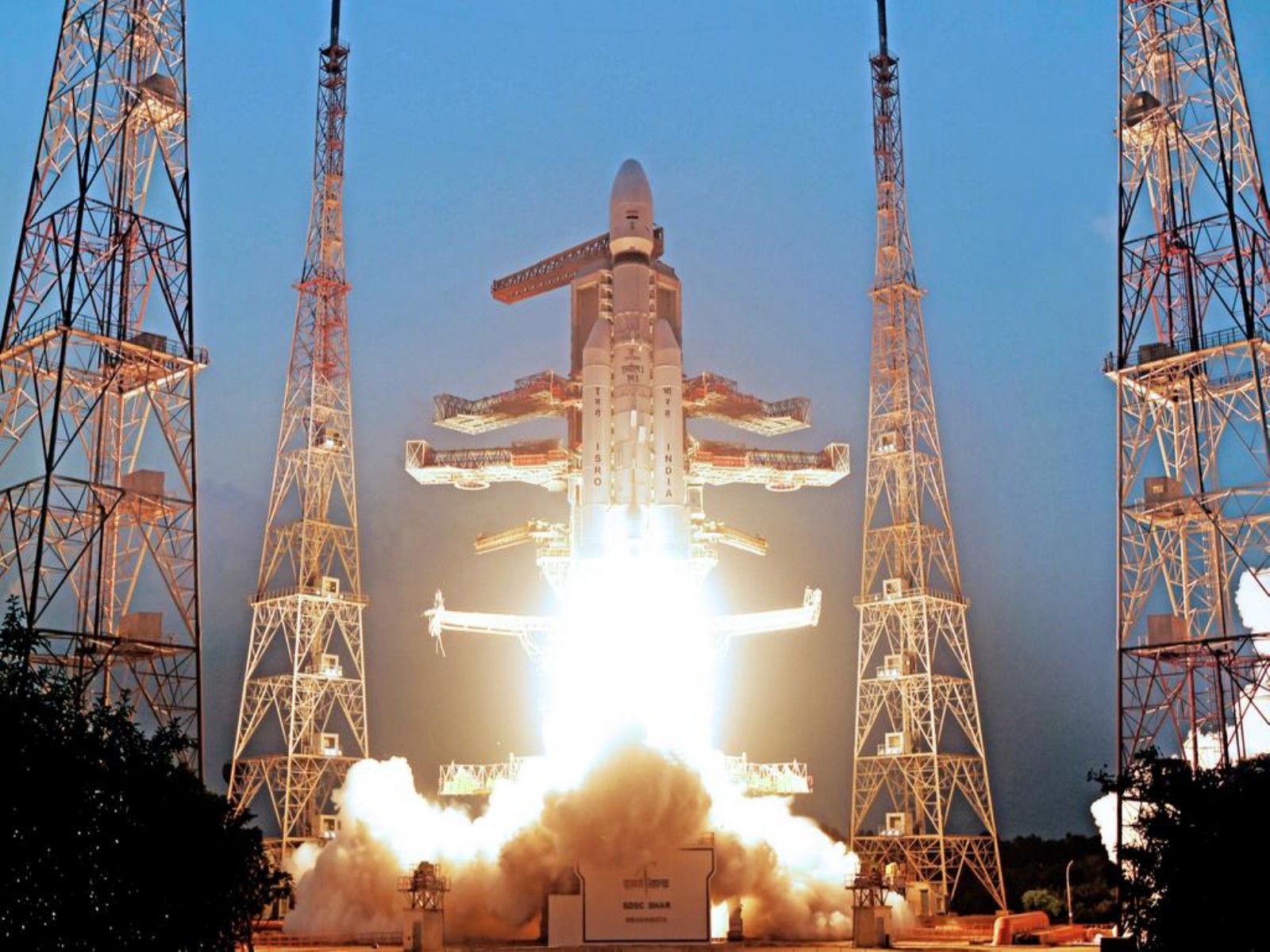
"India's heaviest communication satellite CMS-03 will enhance communication capability": ISRO chief Narayanan on "grand successful mission"
Nov 02, 2025
New Delhi [India], November 2 : After the successful launch of the Indian Navy's heaviest communication satellite GSAT-7R (CMS-03), Indian Space Research Organisation (ISRO) chief V Narayanan on Sunday said that the satellite will enhance the communication capability of the country in the coming years.
Speaking to ANI, Narayanan said that the communication satellite was successfully lifted by the "Baahubali" rocket LVM3-M5 and placed in the intended orbit with precision.
"It is a grand successful mission. It is a communication satellite of India's CMS-03, the heaviest communication satellite, a 4,410 kg satellite. It is lifted successfully by the Baahubali rocket LVM-3 and placed precisely in the intended orbit within the specification in the GTO. This satellite will enhance the communication capability of Bharat in the coming years," Narayanan said.
Hailing the successful launch of the naval satellite CMS-03, Prime Minister Narendra Modi said that India's space sector has become synonymous with excellence.
"Our space sector continues to make us proud. Congratulations ISRO on the successful launch of India's heaviest communication satellite, CMS-03. Powered by our space scientists, it is commendable how our space sector has become synonymous with excellence and innovation. Their successes have furthered national progress and empowered countless lives," PM Modi posted on X.
Vice President CP Radhakrishnan also extended his greetings.
"Hearty congratulations to ISRO and the Indian Navy! India's mighty LVM3-M5 rocket roared to the skies once again with the successful launch of GSAT-7R (CMS-03) -- the heaviest and most advanced communication satellite for the Indian Navy -- placed into Geosynchronous Transfer Orbit (GTO). This indigenously developed satellite will strengthen space-based communications, connectivity, and maritime domain awareness across the Indian Ocean Region, marking another proud milestone in Aatmanirbhar Bharat. ISRO continues to script remarkable milestones in space exploration," Radhakrishnan posted on X.
Earlier, ISRO Chairman V Narayanan said the multi-band communication satellite is designed to provide services across India and the adjoining oceanic region for at least 15 years.
He lauded the satellite's development as "another shiny example of Atmanirbhar Bharat," adding that the mission team overcame challenging weather conditions to ensure a flawless launch.
"The CMS-03 satellite is a multi-band communication satellite with coverage over a wide oceanic region, including the Indian landmass, and is designed for providing communication services for at least 15 years. The satellite incorporates a host of new technologies and yet another shiny example of Atmanirbhar Bharat," Narayanan said, congratulating teams across ISRO centres for the feat.
"Let me congratulate the entire satellite team spread across various ISRO centres for realising this important, complex satellite for the communication capability of our country. We had a tough and challenging time during the launch campaign. The weather was not that cooperative. But then let me take this opportunity to compliment each and every one of you, even under this difficult weather condition, we could come out successfully and accomplish this mission in a grand and successful manner," ISRO chief further added.
He also announced that ISRO had conducted an important in-flight experiment involving the indigenously developed C-25 cryogenic stage.
"I would also like to announce an important experiment that we have carried out, the indigenously developed C-25 cryogenic stage. For the first time, we have, after successfully injecting the satellite into orbit and reorienting the stage, successfully ignited the thrust chamber. This is going to be a great experiment, which is going to feed data for restarting the cryogenic stage in future for enabling the mission flexibility for placing multiple satellites in various orbits using the Bahubali rocket LVM-3," Narayanan explained.
Highlighting the LVM3-M5 rocket's performance, Narayanan noted that the GSLV launcher demonstrated an enhanced capability by lifting 4410 kg to an elliptical orbit, its highest payload so far, compared to its standard 4000 kg to Geosynchronous Transfer Orbit (GTO).
"The capability of this GSLV launcher is around 4000 kg to GTO and for the first time we have lifted 4410 kg to an elliptical orbit. It has performed extremely well, and this is the eighth launch of the LBM-3 vehicle. All the launches of the LBM-3 vehicle have been successfully accomplished by ISRO, and it is a 100 per cent reliable vehicle. The same vehicle is also earmarked for taking our Gaganyatri-2 space also. Right now, the satellite is healthy. All the propulsion system valves and isolation valves are opened, and the satellite is healthy," he said, confirming that the CMS-03 satellite was "healthy" with all propulsion and isolation valves functioning normally.
ISRO launched the Indian Navy's GSAT 7R (CMS-03) communication satellite. The indigenously developed satellite is India's heaviest communication satellite to date, weighing around 4,400 kg. The launch took place from the second launch pad of the Satish Dhawan Space Station in Sriharikota, Andhra Pradesh, at 5:26 pm.
The satellite would enhance the Navy's space-based communications and maritime domain awareness capabilities with indigenous, state-of-the-art components developed specifically to meet the Indian Navy's operational requirements.
